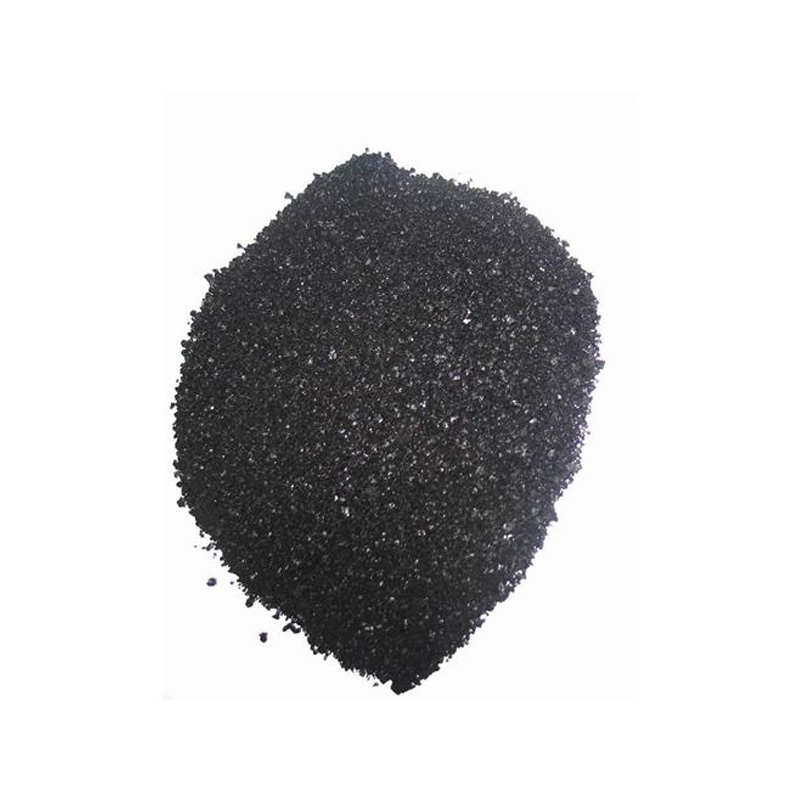high quality natural dye indigo
The Timeless Beauty of High-Quality Natural Dye Indigo
In the world of textiles and artisan crafts, few substances evoke as much admiration and intrigue as high-quality natural dye indigo. This remarkable dye, derived primarily from the leaves of the indigo plant, has been used for centuries across various cultures, creating a rich tapestry of history and artistry. From the vibrant blues of traditional Japanese textiles to the iconic denim of Western fashion, indigo dye has solidified its place as a staple in the world of color.
Indigo dyeing is an ancient practice that dates back thousands of years. Historical evidence suggests that indigo was first cultivated in India, where it became integral to local culture. The dyeing process involves fermenting the leaves of the indigo plant, which contains a precursor called indican. Through a series of chemical reactions, the indican is transformed into indigotin, the actual dye molecule, which is responsible for the deep blue color that defines indigo.
The Timeless Beauty of High-Quality Natural Dye Indigo
The resurgence of interest in natural dyes, including indigo, is largely driven by contemporary movements toward sustainability and ethical fashion. In a world increasingly concerned with the environmental impact of synthetic dyes—many of which are toxic and polluting—natural indigo offers a more accessible, eco-friendly alternative. High-quality natural indigo is biodegradable, non-toxic, and often comes from sustainable farming practices that support local communities.
high quality natural dye indigo

Indigo’s popularity also benefits from its deep cultural significance. In various cultures, indigo dye has been used not just for aesthetic purposes but also for its symbolism. For instance, in West African cultures, indigo-dyed fabrics often carry meanings related to identity, spirituality, and social status. In Japan, indigo is revered for its traditional arts, notably in “shibori” (a tie-dye technique) and aizome (indigo dyeing), reflecting the country’s deep connection to its natural resources and heritage.
Additionally, the process of indigo dyeing can be seen as an art form in itself. Master dyers have honed their skills over generations, turning dyeing into a ritual that combines tradition, respect for nature, and personal touch. Each step—such as preparing the leaves, creating the dye vat, and applying the dye—requires careful attention and often involves collaborative work within a community. The result is not just a dyed fabric, but a crafted story woven into each strand.
Today, enthusiasts of all kinds—from fashion designers to hobbyist crafters—are exploring the depths of indigo dyeing, pushing the boundaries of creativity while honoring its rich tradition. Workshops and classes dedicated to natural dyeing have emerged globally, inviting new generations to immerse themselves in this vibrant art. As they learn, they also participate in a larger movement that values heritage, craftsmanship, and the importance of sustainable practices.
The allure of high-quality natural dye indigo lies not just in its striking color but also in the history, craftsmanship, and sustainability it represents. As we navigate a future increasingly focused on conscious living, the story of indigo serves as a reminder of the beauty that can be found in nature and the artistry that comes with respecting it. Whether through a hand-stitched textile, a beautifully dyed garment, or simply in the appreciation of its rich heritage, indigo continues to captivate and inspire, connecting us to the past while guiding us toward a more sustainable future.
-
The Timeless Art of Denim Indigo Dye
NewsJul.01,2025
-
The Rise of Sulfur Dyed Denim
NewsJul.01,2025
-
The Rich Revival of the Best Indigo Dye
NewsJul.01,2025
-
The Enduring Strength of Sulphur Black
NewsJul.01,2025
-
The Ancient Art of Chinese Indigo Dye
NewsJul.01,2025
-
Industry Power of Indigo
NewsJul.01,2025
-
Black Sulfur is Leading the Next Wave
NewsJul.01,2025

Sulphur Black
1.Name: sulphur black; Sulfur Black; Sulphur Black 1;
2.Structure formula:
3.Molecule formula: C6H4N2O5
4.CAS No.: 1326-82-5
5.HS code: 32041911
6.Product specification:Appearance:black phosphorus flakes; black liquid

Bromo Indigo; Vat Bromo-Indigo; C.I.Vat Blue 5
1.Name: Bromo indigo; Vat bromo-indigo; C.I.Vat blue 5;
2.Structure formula:
3.Molecule formula: C16H6Br4N2O2
4.CAS No.: 2475-31-2
5.HS code: 3204151000 6.Major usage and instruction: Be mainly used to dye cotton fabrics.

Indigo Blue Vat Blue
1.Name: indigo blue,vat blue 1,
2.Structure formula:
3.Molecule formula: C16H10N2O2
4.. CAS No.: 482-89-3
5.Molecule weight: 262.62
6.HS code: 3204151000
7.Major usage and instruction: Be mainly used to dye cotton fabrics.

